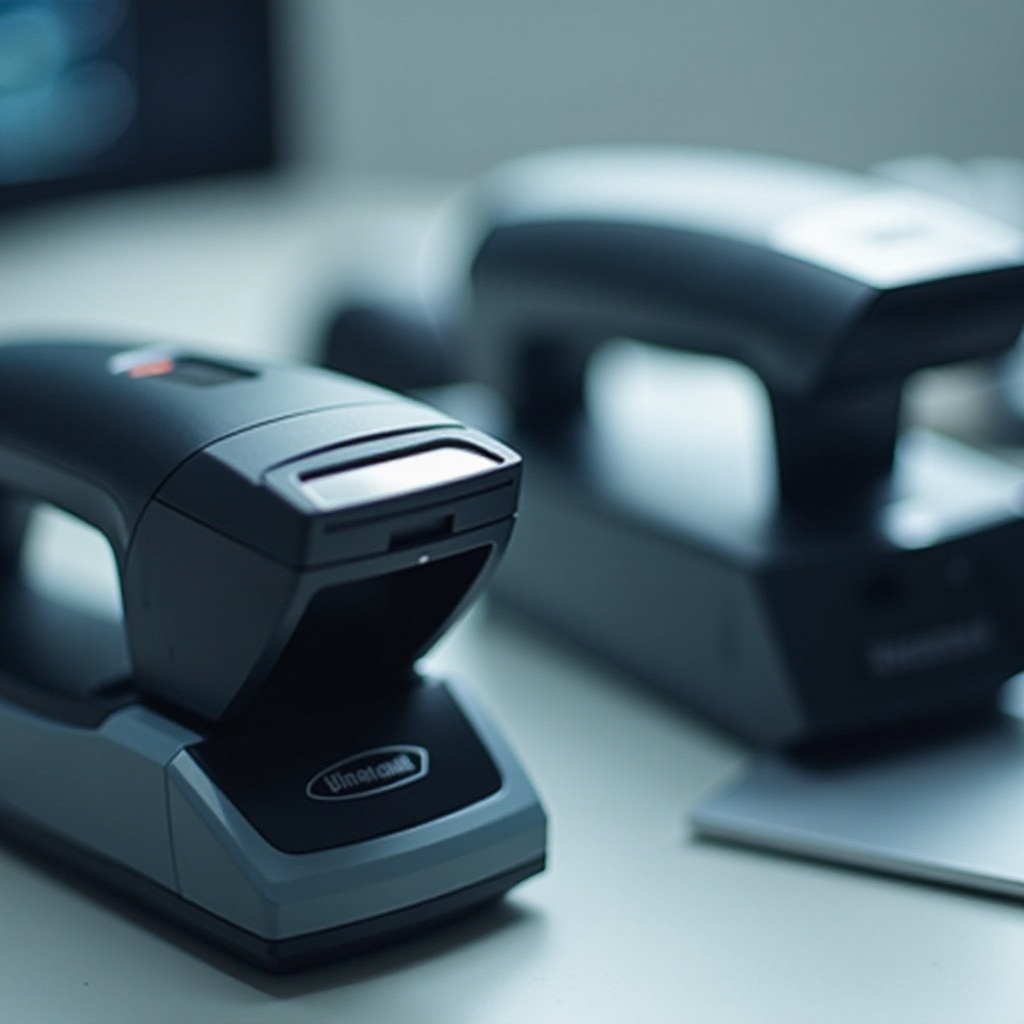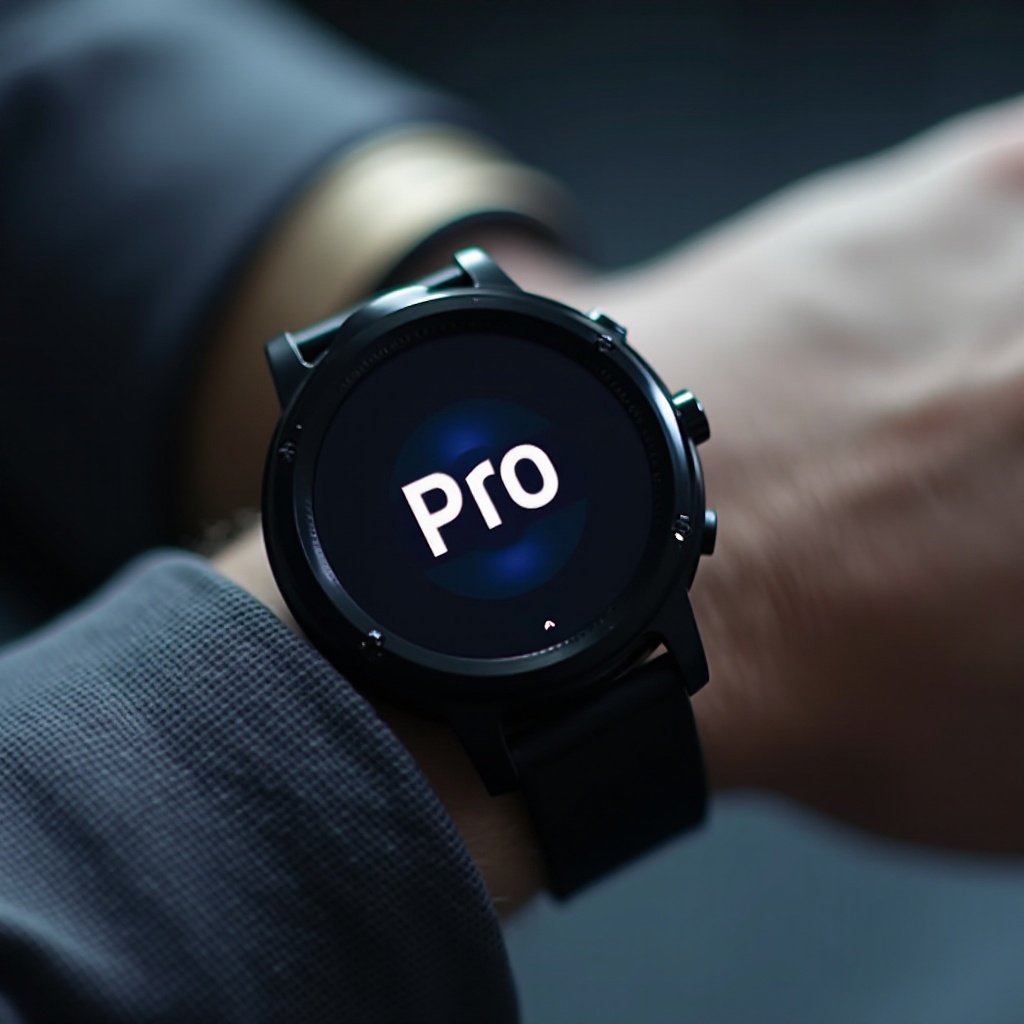Introduction
417 scanner chatter offers an intriguing way to stay updated on local events and emergency communications. It involves the monitoring of radio frequencies used by public safety organizations, allowing hobbyists to listen in on real-time communications. This blog provides a comprehensive understanding of 417 scanner chatter, covering its basics, types of scanners, setup, decoding, legal considerations, and more.

What is 417 Scanner Chatter?
417 scanner chatter refers to communications over radio frequencies designated for public safety and emergency services in a specific geographic area. This usually includes police, fire, and EMS channels. The ‘417’ might indicate a specific local area code or frequency range, but it broadly encompasses the activities of listening to these communication signals.
Radio scanners, devices capable of monitoring these frequencies, are the primary tool for this hobby. Enthusiasts engage in this activity to stay connected with their community, gain insights into emergency responses, or even learn more about radio communications.
Understanding 417 scanner chatter involves more than just listening; it requires knowing the right equipment, proper setup, and interpreting various signals to ensure you are tuned in accurately and legally.
Different Types of Scanners for 417 Chatter
Choosing the right scanner is essential for effectively monitoring 417 scanner chatter. Various types of scanners cater to different needs, each with unique features and capabilities.
Analog Scanners
Analog scanners are the most basic type, designed to receive non-digital or analog signals. While they might seem outdated, many local communications still occur over analog frequencies. These scanners are generally more affordable and easier for beginners.
Advantages include:
– More affordable than digital models.
– Simple and user-friendly interface.
– Effective in areas with predominant analog signals.
However, their limitations become apparent in regions transitioning to digital communications, restricting the range of monitored communications.
Digital Scanners
As technology progresses, digital scanners gain popularity due to their ability to receive both analog and digital transmissions. These scanners decode digital signals used by modern public safety agencies and provide clearer audio quality and advanced features like trunking.
Benefits include:
– Compatibility with both analog and digital signals.
– Clearer audio quality.
– Advanced features such as memory banks and better user interface.
Their higher cost and complexity may require a better understanding of radio frequencies and additional effort in setup.
Hybrid Scanners
Hybrid scanners combine the best of both analog and digital worlds, offering versatility in monitoring a variety of signals. They are ideal for users who want the capability to pick up a broad range of communications without switching devices.
Key features:
– Highly versatile, covering a wide range of frequencies.
– Adapts to both traditional analog and modern digital signals.
– Often includes the latest technology enhancements for improved user experience.
While they offer numerous advantages, hybrid scanners can be pricier and may require a more seasoned user to fully exploit their capabilities.

Setting Up Your Scanner for 417 Chatter
Setting up your scanner accurately is crucial for effective listening. This process involves ensuring you have the right equipment and programming it correctly to tune into the desired frequencies.
- Choose the Right Scanner: Depending on your local area’s transmission type (analog, digital, or hybrid), select a scanner accordingly.
- Research Local Frequencies: Knowing the exact frequencies used by your local public safety departments is vital. Many enthusiasts use online databases and community forums to find this information.
- Program Your Scanner: Input the frequencies into your scanner’s memory. Follow the scanner’s manual or look for online guides specific to your model for steps.
- Adjust Settings: Optimize settings such as squelch (to reduce background noise) and ensure the antenna is positioned correctly for the best signal reception.
- Test Reception: Conduct a trial run to see if you can pick up the desired chatter. Adjust as necessary to improve clarity and signal strength.
Proper setup ensures you get the most out of your 417 scanner chatter experience, providing access to clear and consistent communication signals.
Decoding and Interpreting 417 Scanner Signals
Once your scanner is set up, the next step is understanding the signals you are picking up. Decoding and interpreting scanner chatter can seem challenging at first but become more intuitive with time and practice.
- Familiarize with Codes: Emergency services often use codes and jargon. Resources like local scanner guides or online forums can help decode these terms and understand the context of communications.
- Pay Attention to Patterns: Regular monitoring will help you recognize patterns, such as specific times when certain channels are busiest or common phrases particular to your region.
- Use Decoding Guides: Many resources are available to help decode complex signals. Manuals and online materials specific to the 417 area will make this task easier.
Effectively decoding signals allows you to stay informed and interpret the context of the communications accurately.
Staying Within Legal Boundaries
Listening to 417 scanner chatter can be exciting, but it is crucial to follow legal guidelines to avoid trouble.
- Know the Laws: Different jurisdictions have specific laws concerning scanner usage. In many areas, it’s illegal to use scanners while driving or to share certain information you hear.
- Avoid Misuse: Do not interfere with the communications you are listening to. Using information maliciously or unlawfully can lead to significant legal repercussions.
- Stay Updated: Legal regulations can change. Stay informed about current laws related to scanner usage in your area to ensure compliance.
Staying within legal boundaries ensures that you can continue enjoying this hobby without facing legal issues.

Conclusion
417 scanner chatter is a fascinating way to stay connected with your local community, offering real-time insights into public safety and emergency services operations. Selecting the right scanner, setting it up accurately, decoding signals, and adhering to legal guidelines are all crucial steps to maximizing this unique hobby. Whether you’re a beginner or an experienced scanner enthusiast, understanding these elements will ensure an enriching and legally compliant experience.
Frequently Asked Questions
What frequencies are used for 417 scanner chatter?
Frequencies for 417 scanner chatter vary by locality and can include a range of bands for police, fire, EMS, and other public safety communications. Online databases and community forums are good sources for finding specific frequencies.
Can I legally listen to 417 scanner chatter?
In most areas, it’s legal to listen to scanner chatter at home. However, restrictions often apply to using scanners while driving or disseminating the information. Always check your local regulations to ensure compliance.
What are the best scanners for beginners?
For beginners, analog scanners are usually the most user-friendly and affordable option. Brands such as Uniden or Whistler offer reliable models. However, as technology advances, considering a digital or hybrid scanner may provide more long-term value and versatility.

